
English Instructional Plan- The Elements of an Effective Resume
- Subject:
- English
- Writing
- Material Type:
- Lesson Plan
- Author:
- VDOE Project Team
- Date Added:
- 04/22/2022

English Instructional Plan- The Elements of an Effective Resume

Science Instructional Plans (SIPs) help teachers align instruction with the Science Standards of Learning (SOL) by providing examples of how the content and the scientific and engineering practices found in the SOL and curriculum framework can be presented to students in the classroom.
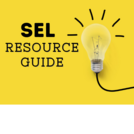
This guide contains links to free resources that align with each of the SEL standards assigned to this gradeband.
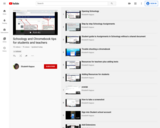
Elizabeth Kappus in New Kent has created a series of video tutorials for using both Schoology and Chromebooks.

This lesson includes slides to present a lesson on email ettiquette for students.

This video describes how teachers can embed activities such as Phet simulations and Google apps such as Docs, Slides, Sheets, Maps and forms directly into Pear Deck so students can interact without leaving the app. Addresses ISTE Standards for Educators: 2.1 Learner, 2.5 Designer, and 2.6 Facilitator

A short 1.5 minute screencast showing how to embed videos in Open Author.

This video demonstrates how to embed a PowerPoint Presentation from Microsoft OneDrive into Canvas. Addresses ISTE Standards: 2.1 Learner - Educators continually improve their practice by learning from and with others and exploring proven and promising practices that leverage technology to improve student learning., 2.5 Designer - Educators design authentic, learner-driven activities and environments that recognize and accommodate learner variability., 2.6 Facilitator - Educators facilitate learning with technology to support student achievement of the ISTE Standards for Students.Screen reader support enabled.

Students will develop a website to gain and provide an awareness of the emerging technologies and careers related to the internet in today’s world, through research and group presentations of the website(s).

Learn about where diseases come from. How are they spread? This episode examines a variety of emerging wildlife diseases, with an emphasis on the One Health concept. While some disease outbreaks may be “natural”, human behaviors and influences are adding additional pressure on wildlife and the landscape, and in the end, all of us – humans, wildlife, and the environment – are affected. Learn more about the field of emerging wildlife diseases and the continually evolving research on what those diseases tell us.

List of books and video links on fear, worry, frustration or anger.
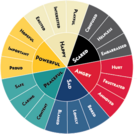
These emotion wheels were designed to be used as a starting point with students to help increasetheir emotional literacy. Emotional literacy is the ability to name and communicate your feelings;people with strong emotional literacy skills tend to have greater awareness of both their ownemotions and those of others.

Skills: This activity has the potential to develop and enhance student’s emotional literacy, emotional regulation, social awareness, feelings of connection, empathy, and self-expression.Includes directions for staff wellness and developmentIncorporates: CBT Materials: Emotions Wheel, Sticky NotesThis versatile tool can be used in individual, group, classroom lessons, journaling prompts, and more!KEY CONCEPTS:Emotions are how your mind reacts to an experience.Emotions drive your decisions.These emotion wheels were inspired by Plutchik’s Emotion Wheel. To put it simply, an emotions wheel is a chart with primary emotions in the center that fans out with more specific emotions. It is a tool that will help your students learn to name what they’re feeling so they can become more self-aware and process their feelings more fully. There are four emotion wheel options. Select the best one for your students based on their age and developmental level. The grade levels below are only meant as a guide, you know your students best, select the wheel you think is the most appropriate.

Students will be introduced to the Empirical Rule for normal distributions and practice using it to answer questions.

Just One Thing (JOT) Webinar SeriesDecember 8, 2022
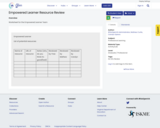
Worksheet for the Empowered Learner Team
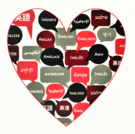
This is VDOE Webinar, Paradigm Shift: Engaging EL Parents in a Virtual Environment, recorded June 8, 2020.
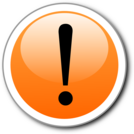
Following a brief warm-up routine where students pretend to be a plant reacting to sunlight and water, students learn motions representing a period, question mark, and exclamation mark. As our narrators read ten sentences, students perform the motion that matches the appropriate end punctuation for each sentence.
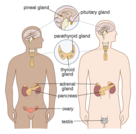
Quickly review and assess each students' understanding of the endocrine glands with this scavenger hunt.
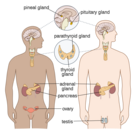
Students will work collaboratively to research specific glands of the endocrine system and complete a slide within a group student slide show.